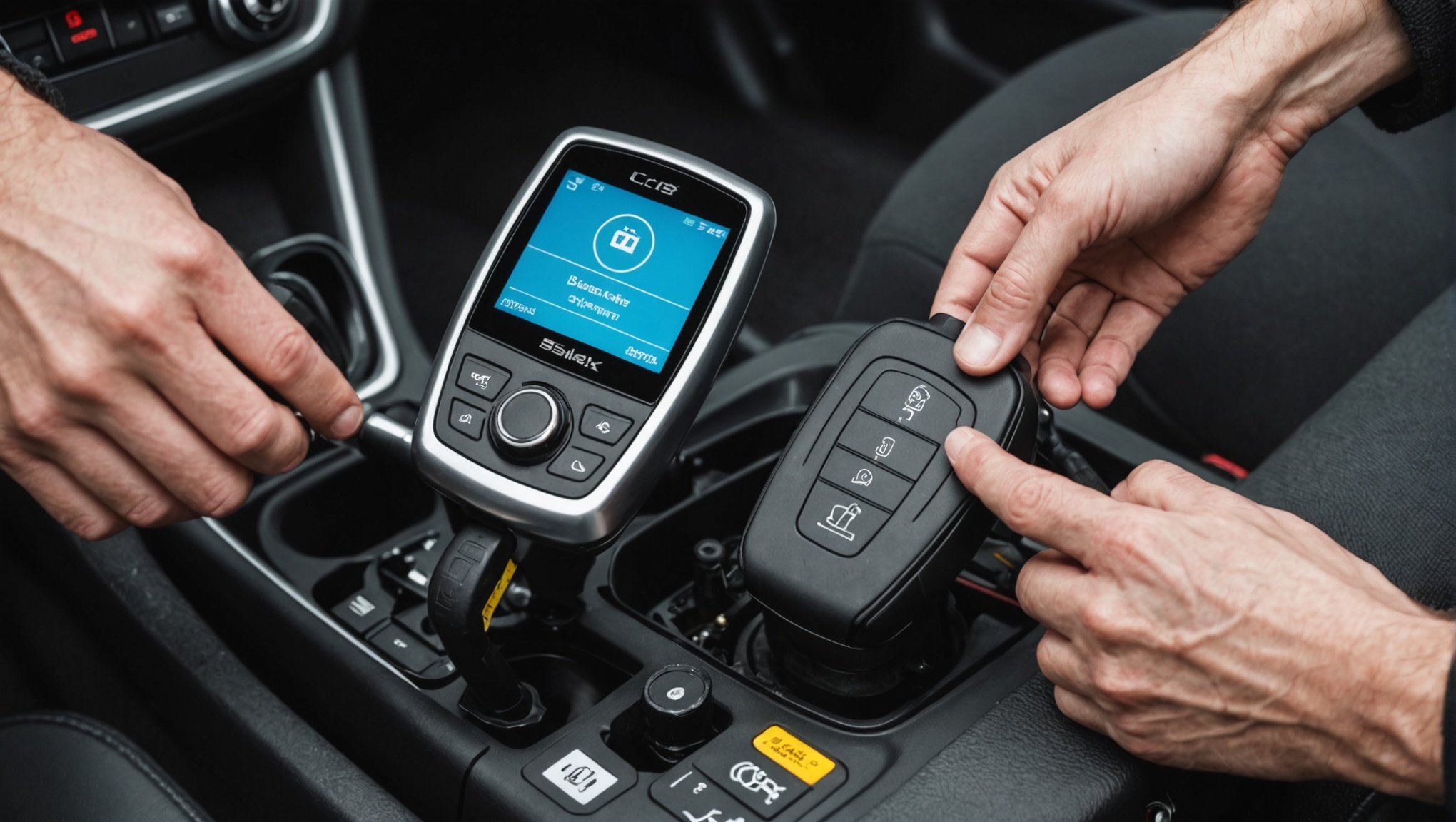Maintaining a vehicle requires a keen understanding of its intricate systems, and one such system is the car immobilizer. This security feature prevents the engine from starting without the correct key. However, there are times during maintenance when you need to safely disable this system. Today, we’ll delve into the safe methods to disable a car’s immobilizer system for maintenance purposes in the UK, ensuring that you adhere to legal and safety standards.
Understanding Car Immobilizer Systems
The car immobilizer system is a vital component in modern vehicles, designed to thwart car theft. It’s an electronic security device that ensures the engine can only start when a specific transponder key is near the ignition. This technology has significantly reduced car theft rates and become a standard feature in many vehicles.
Also to see : What are the specific steps to retrofit adaptive cruise control in older UK vehicles?
The immobilizer system works by sending a signal from the car’s key to the Engine Control Unit (ECU). If the ECU receives the correct signal, it permits the engine to start. If not, the engine remains immobilized.
Understanding how this system functions is crucial if you’re planning any maintenance work that involves disabling it. Improper handling can lead to costly repairs or legal issues, so it’s essential to approach this task with knowledge and care.
Additional reading : How can you legally import a Japanese Domestic Market (JDM) car into the UK?
Legal Considerations and Safety Precautions
Before you proceed with any action, it’s crucial to understand the legal landscape and safety precautions involved in disabling a car’s immobilizer system in the UK. Disabling an immobilizer system for any reason other than legitimate maintenance can lead to severe legal consequences, including fines and imprisonment.
First and foremost, always ensure that you have the legal right to work on the vehicle. If you’re working on a car that isn’t yours, you must have explicit permission from the owner. Unauthorized tampering with a vehicle’s security system is illegal and unethical.
Additionally, it’s wise to consult your vehicle’s manual or contact the manufacturer for specific guidelines on disabling the immobilizer system. Each vehicle may have different procedures, and following the manufacturer’s instructions will ensure you don’t void any warranties or cause damage to the car.
For safety, ensure the vehicle is parked in a secure location with the handbrake engaged. Wear appropriate safety gear, such as gloves and safety glasses, to protect yourself from any potential hazards.
Step-by-Step Guide to Disabling the Immobilizer System
Now that you have a clear understanding of the legal and safety aspects, let’s dive into the step-by-step process of disabling the immobilizer system for maintenance:
1. Gather Required Tools and Equipment
Before you begin, ensure you have all the necessary tools and equipment, such as a diagnostic tool, your vehicle’s manual, and any specific tools recommended by the manufacturer.
2. Turn Off the Ignition
Start by turning off the ignition and removing the key. This step is essential to prevent any electrical issues or accidental engine starts.
3. Disconnect the Battery
Next, disconnect the vehicle’s battery to ensure there’s no electrical power running through the system. This step is crucial for your safety and to prevent any potential damage to the car’s electronic components.
4. Locate the Immobilizer Control Unit
Refer to your vehicle’s manual to locate the immobilizer control unit. In most vehicles, it’s situated near the steering column, under the dashboard, or in the engine compartment.
5. Use a Diagnostic Tool
Connect a diagnostic tool to the vehicle’s OBD-II port. This tool will help you communicate with the car’s ECU and disable the immobilizer system. Follow the manufacturer’s instructions for using the diagnostic tool.
6. Disable the Immobilizer
Using the diagnostic tool, navigate to the immobilizer settings and follow the prompts to disable the system. This process may vary depending on your vehicle’s make and model, so refer to the manual or seek professional assistance if needed.
7. Reconnect the Battery
Once you’ve successfully disabled the immobilizer system, reconnect the vehicle’s battery. Ensure all connections are secure and tight.
8. Test the System
Finally, test the system to ensure the immobilizer has been disabled correctly. Start the engine and check for any warning lights or error messages on the dashboard.
Professional Assistance and Alternatives
While disabling a car’s immobilizer system for maintenance can be done as a DIY project, it may not be suitable for everyone, especially those who lack technical knowledge or experience. In such cases, seeking professional assistance is a wise decision.
Professional mechanics have the expertise and tools necessary to disable the immobilizer safely and efficiently. They can also diagnose any potential issues that may arise during the process, saving you time and effort. Furthermore, certified mechanics are familiar with the legal and safety standards, ensuring that the procedure is carried out legally and without any risk.
In addition to professional assistance, consider exploring alternatives to disabling the immobilizer system. For instance, some maintenance tasks can be performed without tampering with the immobilizer. Consult your vehicle’s manual or reach out to the manufacturer for guidance on alternative methods.
Re-enabling the Immobilizer System
After completing your maintenance work, it’s crucial to re-enable the immobilizer system to ensure your vehicle’s security. The re-enabling process is similar to the disabling process, but in reverse. Here’s a brief overview:
1. Disconnect the Battery
Start by disconnecting the vehicle’s battery to prevent any electrical issues during the re-enabling process.
2. Use a Diagnostic Tool
Connect the diagnostic tool to the OBD-II port and navigate to the immobilizer settings. Follow the prompts to re-enable the system.
3. Reconnect the Battery
Reconnect the vehicle’s battery securely and ensure all connections are tight.
4. Test the System
Test the system to ensure the immobilizer has been re-enabled correctly. Start the engine and check for any warning lights or error messages on the dashboard.
Re-enabling the immobilizer system is a crucial step to safeguard your vehicle from theft. Always double-check the system to ensure it’s functioning correctly and provide optimal security.
In conclusion, disabling a car’s immobilizer system for maintenance purposes in the UK requires a thorough understanding of the system, adherence to legal standards, and a meticulous approach to safety. By following the steps outlined in this guide, you can safely and efficiently disable and re-enable the immobilizer system, ensuring your vehicle remains secure and in top condition.
Whether you choose to tackle this task yourself or seek professional assistance, always prioritize safety and legality. With the right knowledge and tools, maintaining your vehicle’s immobilizer system can be a straightforward and rewarding experience.
















